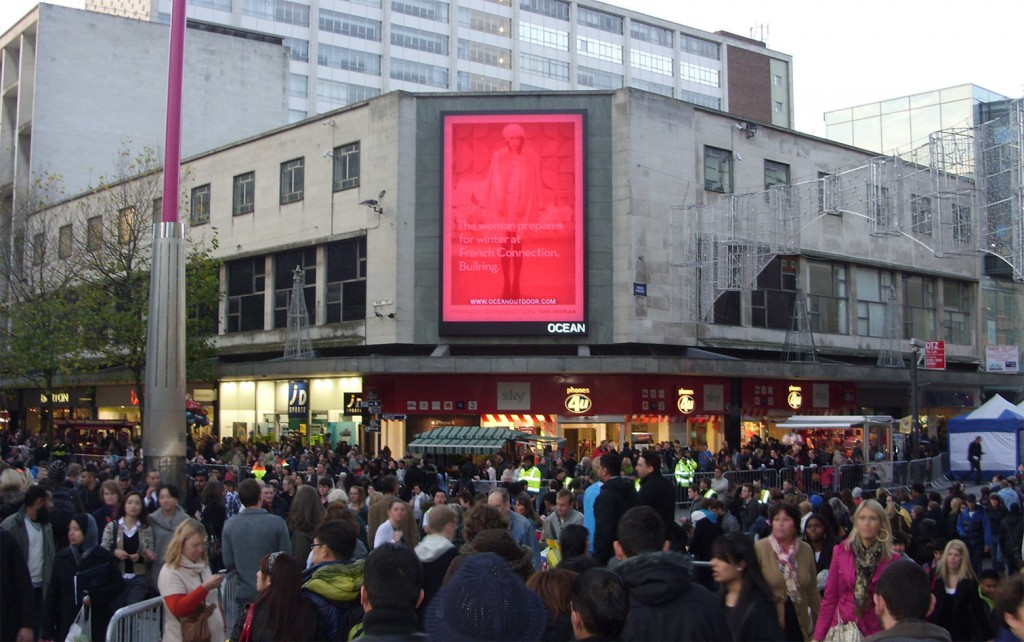Testing Your Digital Signage Effectiveness
Posted by: Richard Williams | Posted on: | 0 Comments
Using a screen for an out of home application, whether its to provide advertising, brand awareness or information, requires a lot of trial and error to ensure you are getting it right. All sorts of variables can affect the effectiveness of an outdoor screen, including: screen size, location, angle, type of content and the type of screen used.
A screen too small, placed in the wrong location, or not angled towards the oncoming audience, can be as good as invisible with the content going unnoticed, and the investment either going to waste, or not maximising the potential return.
The secret to ensuring a new out of home screen is operating effectively is making sure the screen and content is tested effectively.
Watch how people interact with the screen
One of the key methods of testing a digital signage campaign is to watch how people interact with it. Do people slow when they walk passed, how long do their eyes linger on the display, if at all?
By continually adjusting the screen angle, you can through trial and error assess the most effective angle that attracts the most interaction.
Make sure the screen is viewable at all times
A common problem with outdoor digital signage is the effect the sun can have on the screen. Sun glare can prevent the screen from being readable while the sun brightness can dim a screen, also making it seem unreadable.
Any screen operating outdoors or in a location where the sun’s brightness could affect the screen, then it needs to be tested at different times of the day, as the screen may look fine in the morning but by afternoon the sun could be causing glare or dimming.
Angling the screen away from the sun can be a method of preventing this type of problem, as can using ant-glare glass or high brightness TVs which ensure readability regardless of the power of the sun.
Keep content simple
Another cause for poor effectiveness of an out of home screen is complicated or ineffective content. The dwell time on an out of home screen is a few seconds at the most so whatever branding, advertising or information you want to get across needs to be done simply and bold. Cluttered content with too much happening on screen can lead to unimportant information getting viewed and not the product, brand or information you require.
Post shortlink:
Popular Products
LCD Enclosure
Need armor for your LCD/LED screen(s)? Outdoors or inside the versatile LCD enclosure protects against thieves, vandals & the weather. Installation idea: NFL stadiums.
Outdoor Digital Signage
Exclusive 46” outdoor screen protection. Dubbed the ‘Totem’, due to its distinct design, it repels damage threats, but attracts audiences. Installation idea: Drive-thru restaurants.
Portrait Flat Panel Enclosure
Safeguard your eye-level advertising display screen(s), indoors or outdoors. Completely customizable, add exciting features like touch screen technology. Installation idea: Restaurant frontages.
Indoor Digital Signage
Popular purchase for retail outlets! Great for ‘point of sale’ persuasion, boost your brand with static & motion advertising from a single unit! Installation idea: Mall of America.





